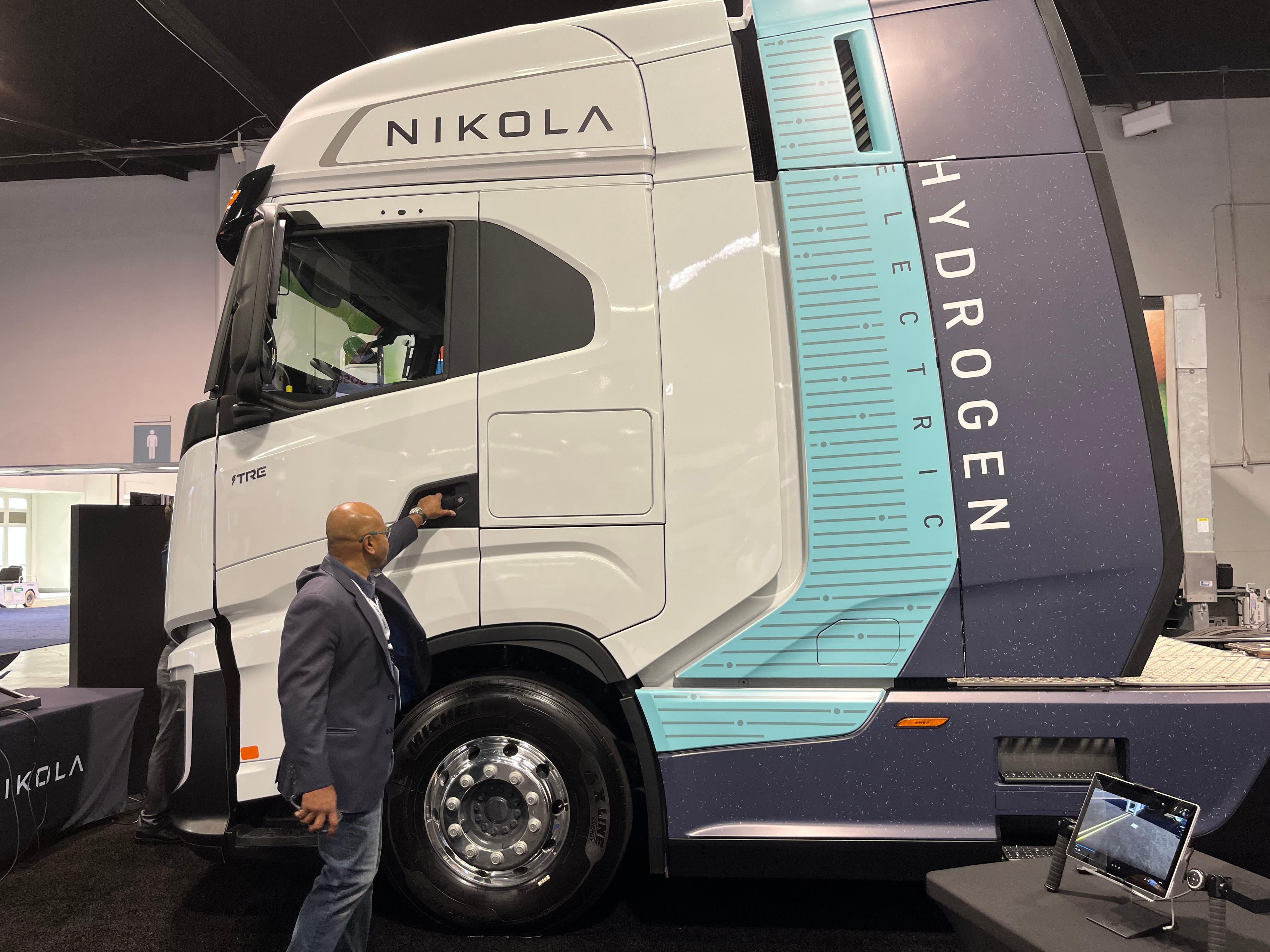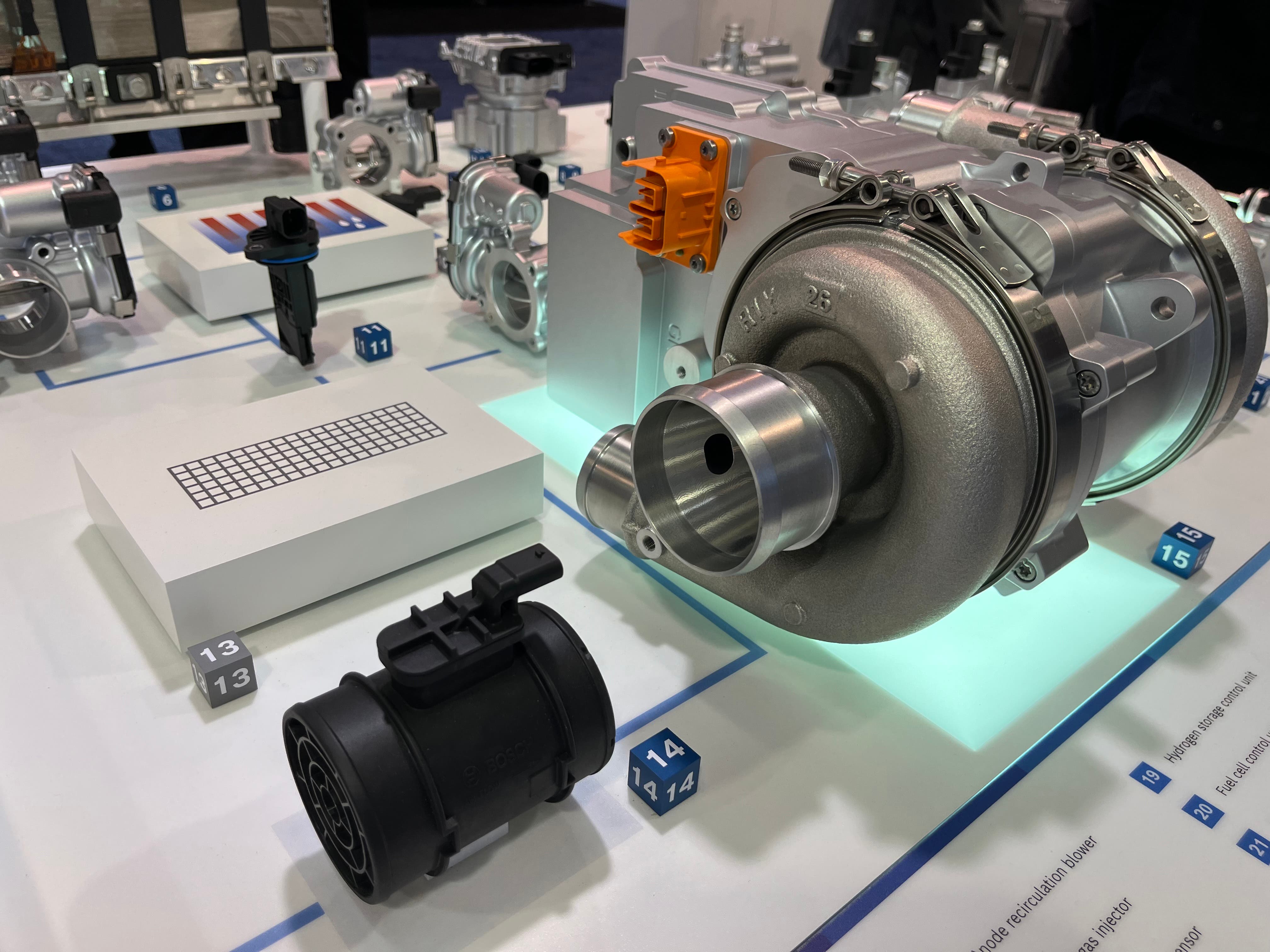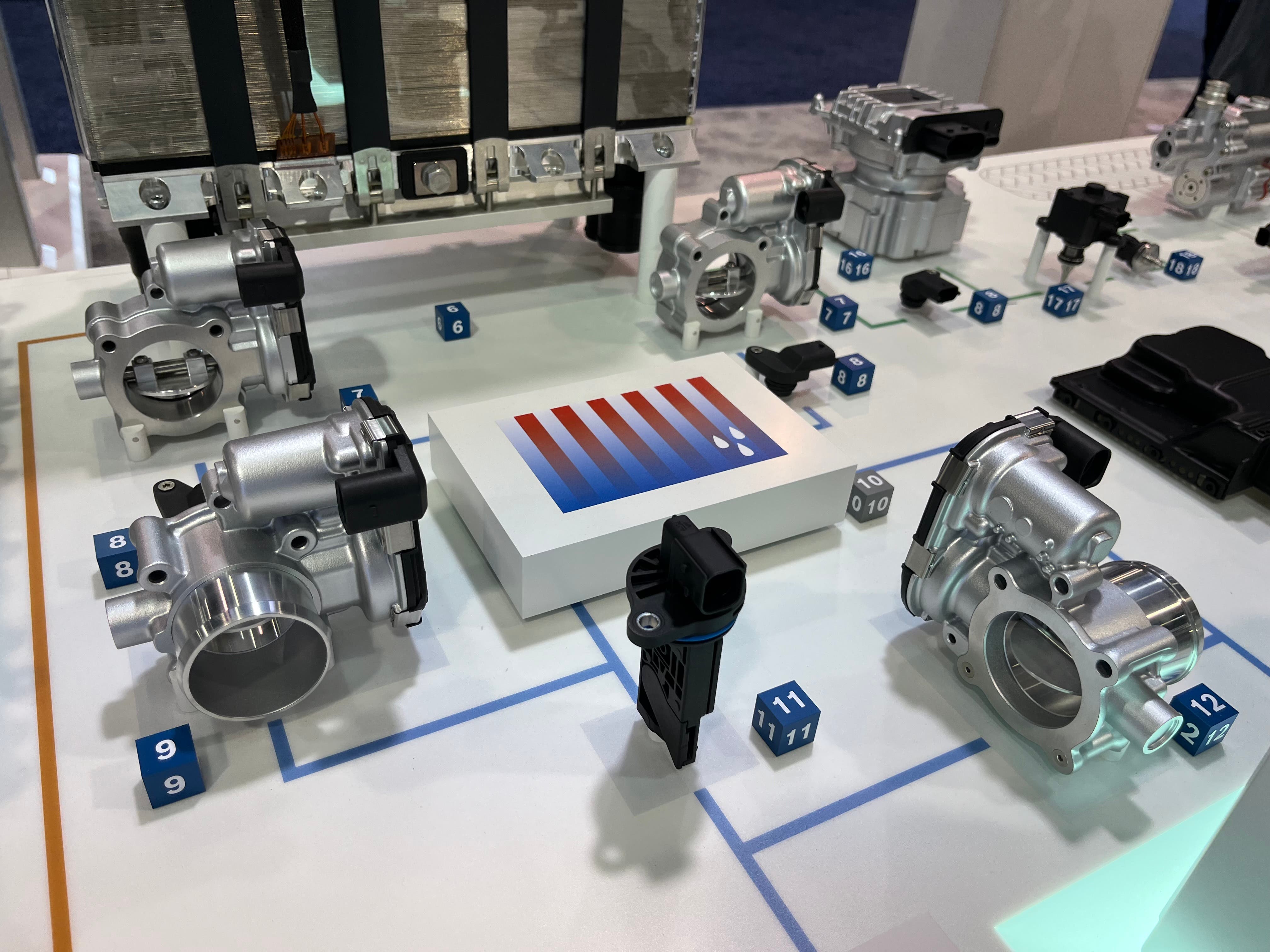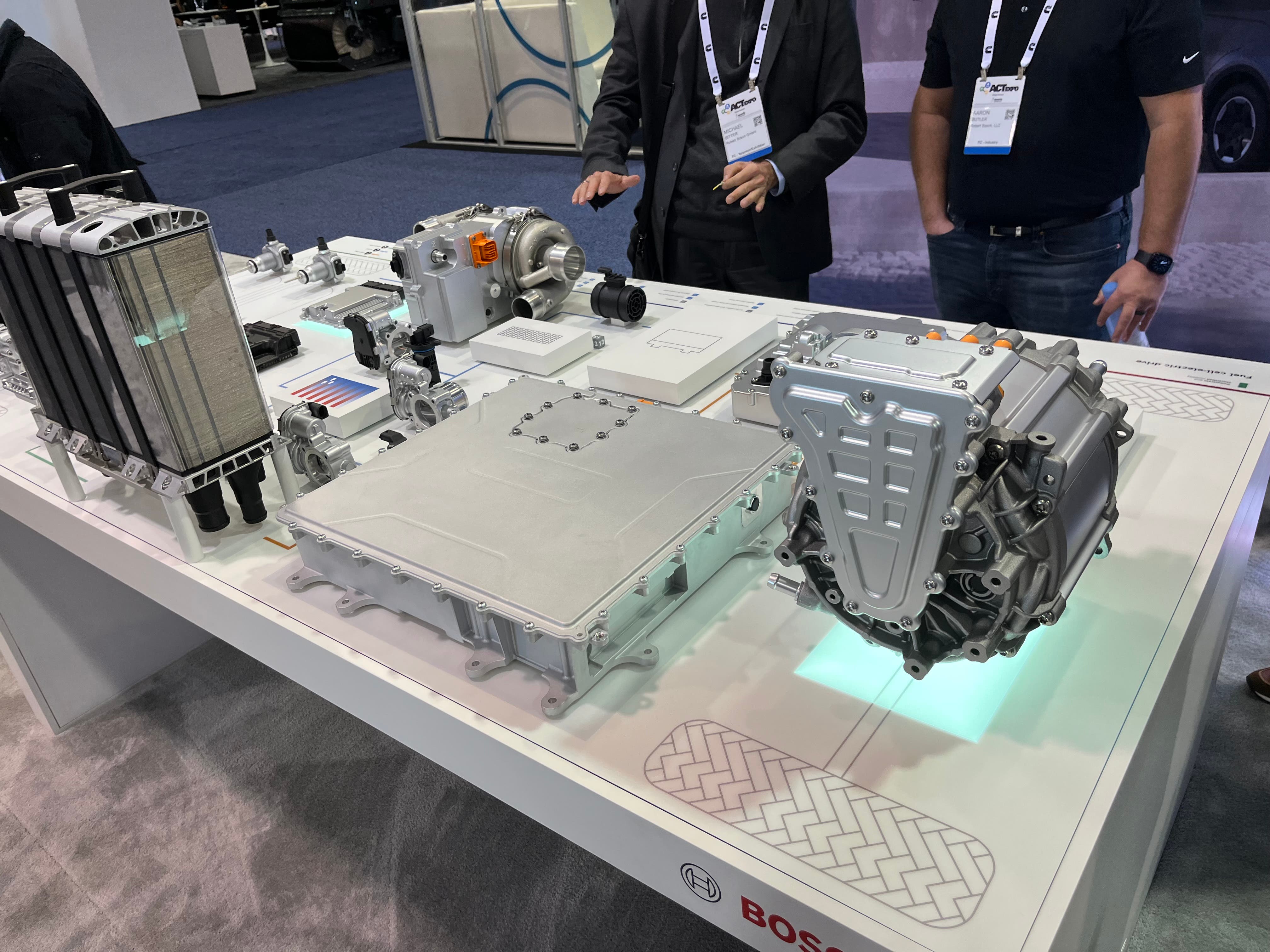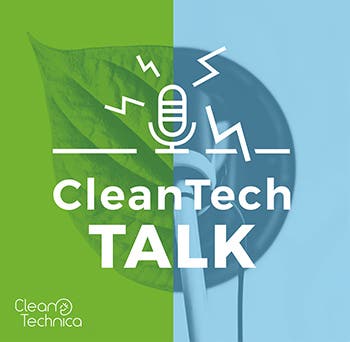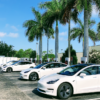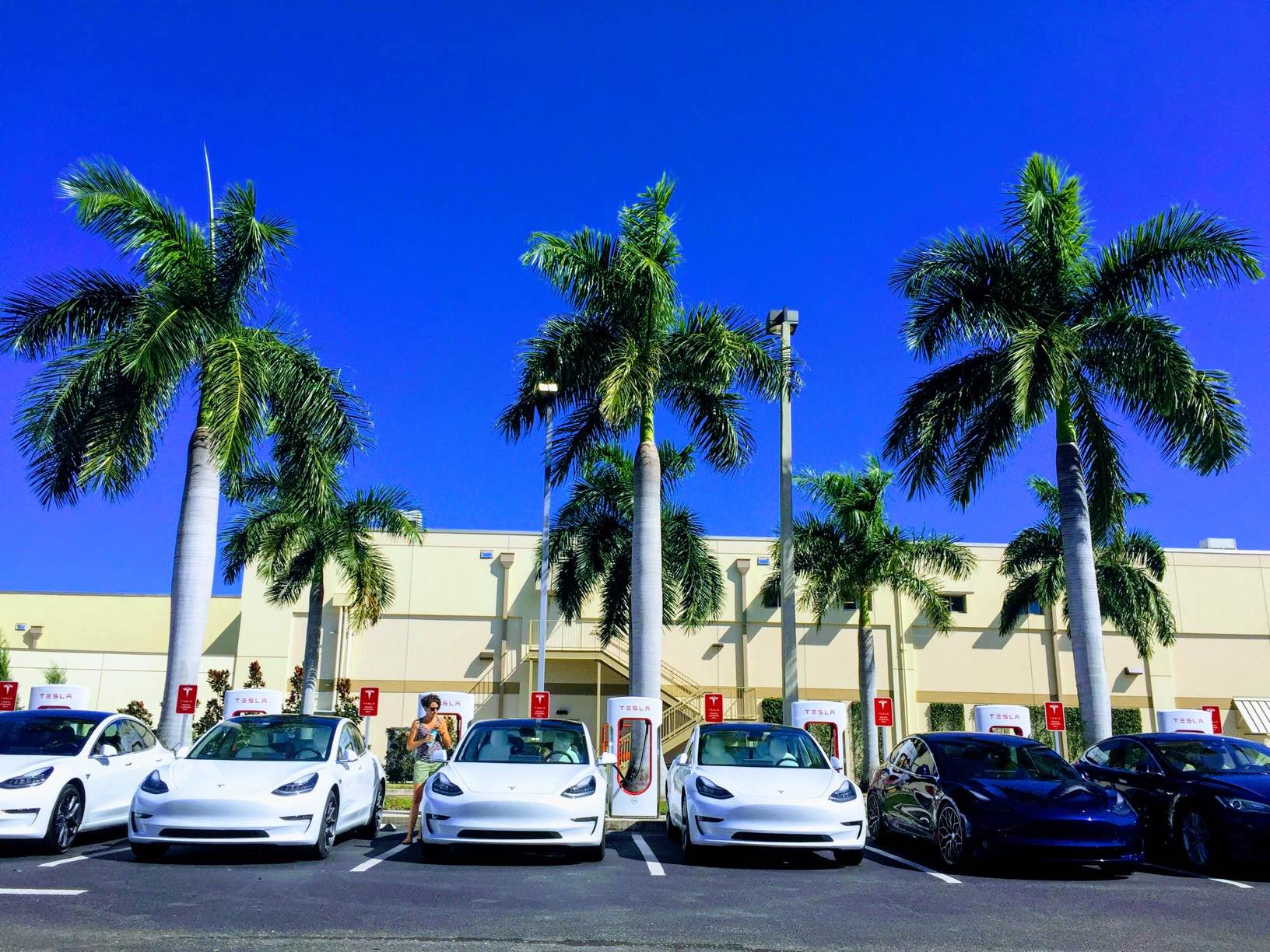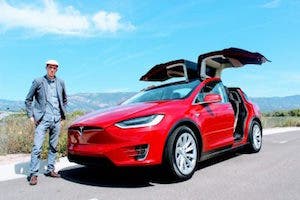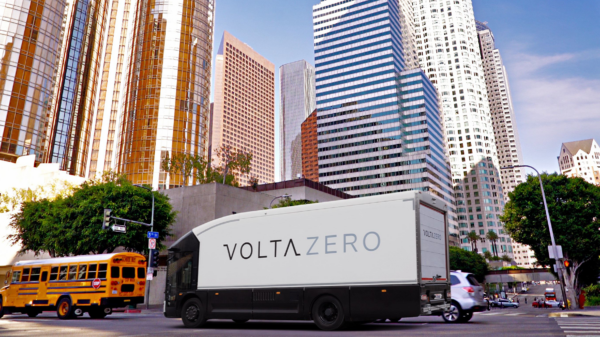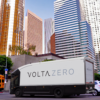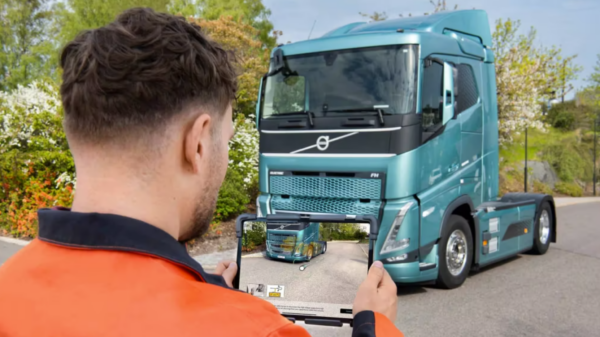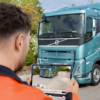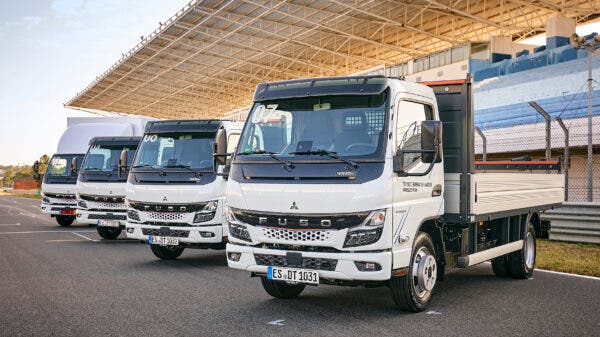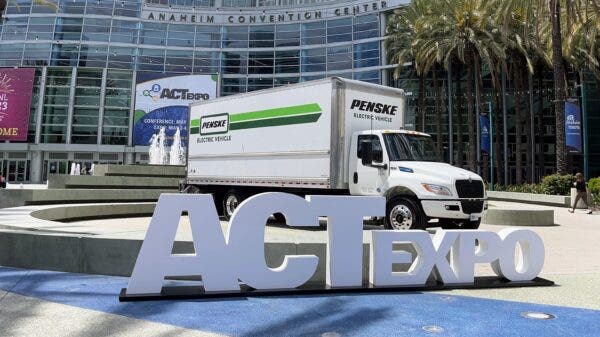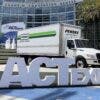
When Nikola showed up to the 2022 ACT Expo in Long Beach last year, the message was simple: we’re still here. After all the trials and tribulations the fledgling truck brand had faced on its road to reality, the fact that it had survived Trevor Milton’s scattered, controversial “leadership” was probably the most underrated clean tech accomplishment of the last few years. But this year, the message was different. Nikola isn’t just here — Nikola is the real deal.
Indeed, the company delivered 258 of its battery-electric Tre semi trucks to customers in calendar year 2022, and is on track to deliver several hundred more in 2023, thanks in no small part to the massive government subsidies at both the federal and state levels that help to bring purchase price for this big battery trucks closer to diesel parity.
The vibe at the Nikola booth in 2023 was all smiles, and the brand’s model lineup had grown to include not just a hydrogen fuel cell truck (more on that in a minute), but HYLA, a hydrogen fueling solution meant to quickly and inexpensively deploy a hydrogen filling station on just about any flat piece of pavement you can find.
“There is some hydrogen infrastructure in California already,” says Carey Mendez, president of Nikola Energy and head of the HYLA program. “This solution is for that company in Alabama or Oklahoma that wants to move it’s fleet to hydrogen, but there’s no hydrogen available. With HYLA, we can deploy a filling station in a few days – not months or years – and they’re ready to go.”
HYLA is the name given to Nikola’s fueling brand — a mashup of “HYdrogen and NikoLA” — and it recently closed a deal with Voltera to build out 50 such H stations at a cost of between $750 million and $1 billion. “The money makes it real,” he said, pointing out that the stations, and the HFCEV version of Nikola’s semi, would be in production by Q3 of this year, with deliveries to customers beginning in Q1 of ’24.
Across the lane in ACT’s sprawling Anaheim Convention Center hall was Nikola’s engineering partner, Bosch, whose hydrogen fuel cell technology is powering the HFCEV version of the truck. A few of its engineers, including Matt Thorington, gave me the “explain like I’m five” version of how a fuel cell works, and I marveled at how familiar a number of the components were to my Mercedes sensibilities.
“That throttle body actuator looks exactly like the ones in the M156 V8,” I said.
“The turbine housings here, that compress the air,” Matt points to the sand-casted snails, “these should look familiar, too.”
They do. In fact, throughout Bosch’s display I saw a number of components that, if they weren’t directly pulled off one of Bosch’s extensive parts bins, certainly made heavy use of the company’s existing SolidWorks part libraries.
“Those are starter motors,” I said, pointing out the big electric servos on the new Bosch electric steering display model. “That’s a modified fuel injector. That ECU looks like the M176.”
Thorington was getting tired of playing “guess the part number.” I felt immediately bad about that, because I wasn’t trying to play smartass. “It shows the kind of lead that Bosch has over some of the smaller companies trying to get into the hydrogen game,” I offered as an olive branch.
“Yeah,” he said, mulling it over. “Yeah! It’s a huge advantage. We don’t have to start engineering all this from square one. We have the expertise on all the electric controls and controllers, a lot of the physical hardware, and it’s the same basic idea. You’re moving air and fluids under high pressure.”
The biggest difference being that hydrogen is run at something ridiculous like 10,000 psi, as opposed to gasoline that maybe runs at a few hundred (if even that).
Thorington moves us along, talking about the dependence the hydrogen fuel cell market has on platinum, but also explaining that each iteration of fuel cell seems to get more power out of less platinum. “Our next Gen fuel cell will have 150% greater power density,” he says, “in exactly the same footprint as what you see here. And that will be an option on that,” he points at the Nikola again.
We kept chatting, discussing reliability goals — 20,000 hours of operation before the system starts to degrade, how to give it a second life and, eventually, how to recycle both the fuel cell and batteries.
Whatever you feel about hydrogen — let’s face it, hydrogen is here to save the oil and gas industry, not the planet — you can’t deny that it does reduce tailpipe emissions compared to diesel. And it seems like Bosch (and, by extension, Nikola) has a headstart.
Sign up for daily news updates from CleanTechnica on email. Or follow us on Google News!
Have a tip for CleanTechnica, want to advertise, or want to suggest a guest for our CleanTech Talk podcast? Contact us here.
Former Tesla Battery Expert Leading Lyten Into New Lithium-Sulfur Battery Era — Podcast:
I don't like paywalls. You don't like paywalls. Who likes paywalls? Here at CleanTechnica, we implemented a limited paywall for a while, but it always felt wrong — and it was always tough to decide what we should put behind there. In theory, your most exclusive and best content goes behind a paywall. But then fewer people read it! We just don't like paywalls, and so we've decided to ditch ours. Unfortunately, the media business is still a tough, cut-throat business with tiny margins. It's a never-ending Olympic challenge to stay above water or even perhaps — gasp — grow. So ...

